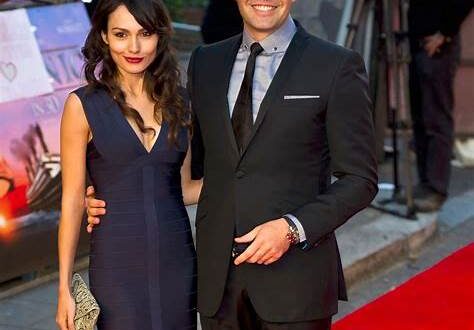Based on Bernard Judge’s 2011 memoir of the same name, Waltzing with Brando feels like a half-forgotten story brought to vivid life. Judge, an architect by training, found himself invited to Tahiti by Marlon Brando to help design a sustainable paradise on a remote island. On screen, it becomes a tale of unlikely partnership, clashing visions, and a dream that teeters between fantasy and folly.
The film opens with Judge being asked to plan not just a house but an entire model for eco-living years before sustainability was a buzzword. For Judge, it’s equal parts opportunity and nightmare: how do you satisfy a man who reshaped cinema at the same time that you’re working against geography, logistics, and sheer ego? That question becomes the film’s core.
Zane’s performance is the film’s calling card. He isn’t mimicking Brando; he’s inhabiting him. It is not hyperbole to suggest that Zane is channeling the man. But let’s not overlook the fact that Zane had some significant assistance in mastering his performance. I think that the makeup team deserves its own ovation. Their work is seamless, and without it Zane’s performance could not be so convincing. Zane’s resemblance to the enigmatic actor is startling, a piece of invisible artistry that underpins the entire illusion. These folks deserve to be in the awards conversation, and we hope there will be an Oscar push on their behalf.
While Brando is the gravitational pull, this is Bernard’s story. Heder grounds the film and is the perfect counterpoint to Zane’s Brando.Viewers may expect Brando’s story to dominate this film, but the perspective is deliberately Judge’s. Through his eyes, we get a feel for what it meant to be an architect tasked with building in paradise under impossible conditions.
Indeed, few of us can identify with Brando, a larger than life Oscar winner, forever etched in cinematic history. But many of us could see ourselves in Bernard: trained in a discipline, confronted with unreasonable demands, trying to reconcile professional ethics with the weight of someone else’s dream. It’s Bernard’s struggle, not Brando’s legend, that gives the film its emotional traction.
In my estimation, both leads deserve serious awards attention. Heder is worthy of Best Actor consideration, his quiet persistence giving the story its heartbeat. Zane deserves equal recognition as Supporting Actor, not only for the uncanny likeness but for the way he captures Brando’s contradictions—playful yet brooding, domineering yet strangely vulnerable. Together, their performances elevate the film, smoothing over its rougher edges.
As for those rough edges: Some sequences feel ornamental, pretty diversions that don’t drive the story forward. Most problematic is one moment in which Bernard acts in a way wholly out of character. It’s a sharp departure from the morality and integrity the film has spent so much time building for him, and it feels inserted more to provoke than to illuminate. When a character has been so carefully drawn, sudden betrayal of his own nature feels false. The film recovers, thanks to Heder’s steadiness and Zane’s magnetism, but the stumble lingers.
The Tahitian setting becomes its own character. The beaches shimmer with cinematic glow, the lagoons pulse with color, and the isolation of the island mirrors the isolation of Brando himself. And then there is discovery. Like many viewers, I didn’t know this chapter of Brando’s life. To learn that he once tried to create an eco-friendly, sustainable retreat in Tahiti, long before environmental consciousness became mainstream, is fascinating.
The film works as both character study and revelation, peeling back a layer of myth to show something unexpected about a man already mythologized. It reminds us that legends are not just their roles on screen but the ambitions they pursued when the cameras stopped rolling. Yes, the film is imperfect, uneven in pacing and sometimes clumsy in choices, but Zane and Heder make Waltzing with Brando a film well worth watching.




